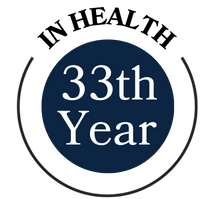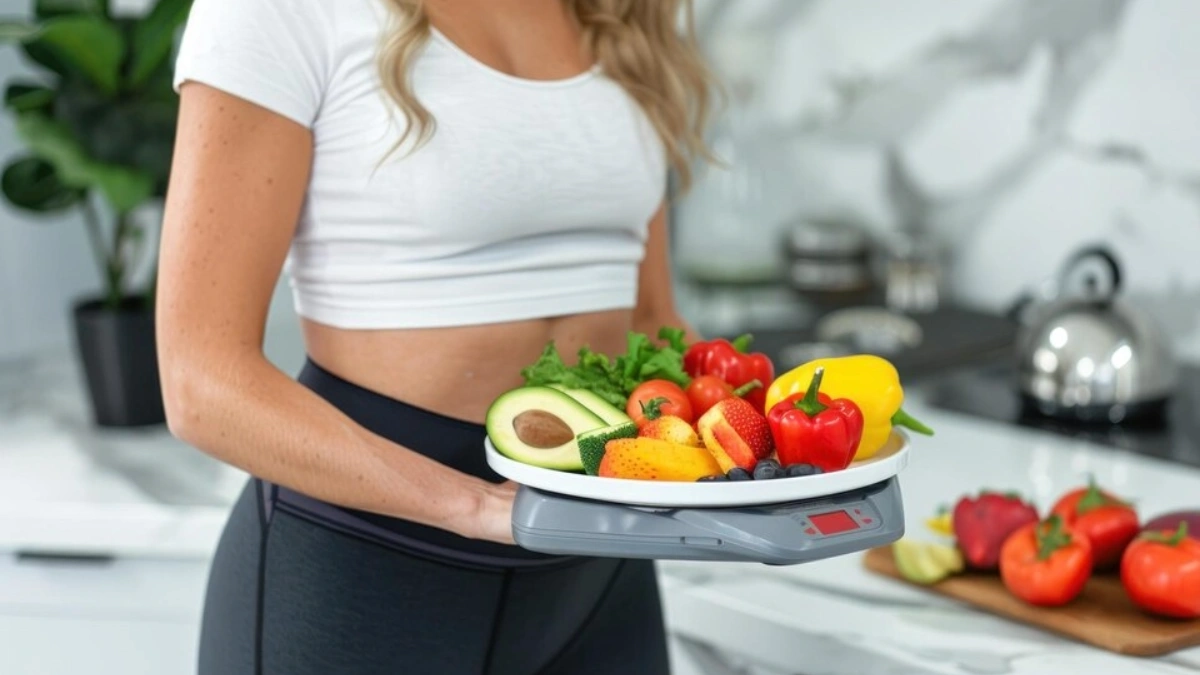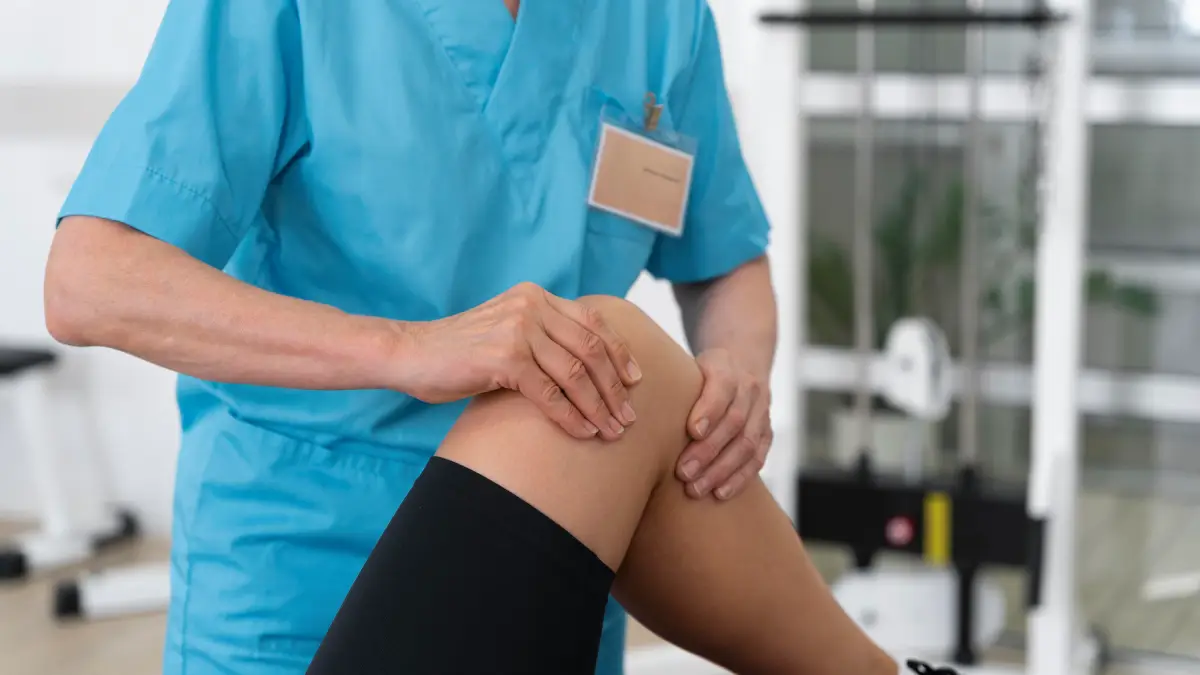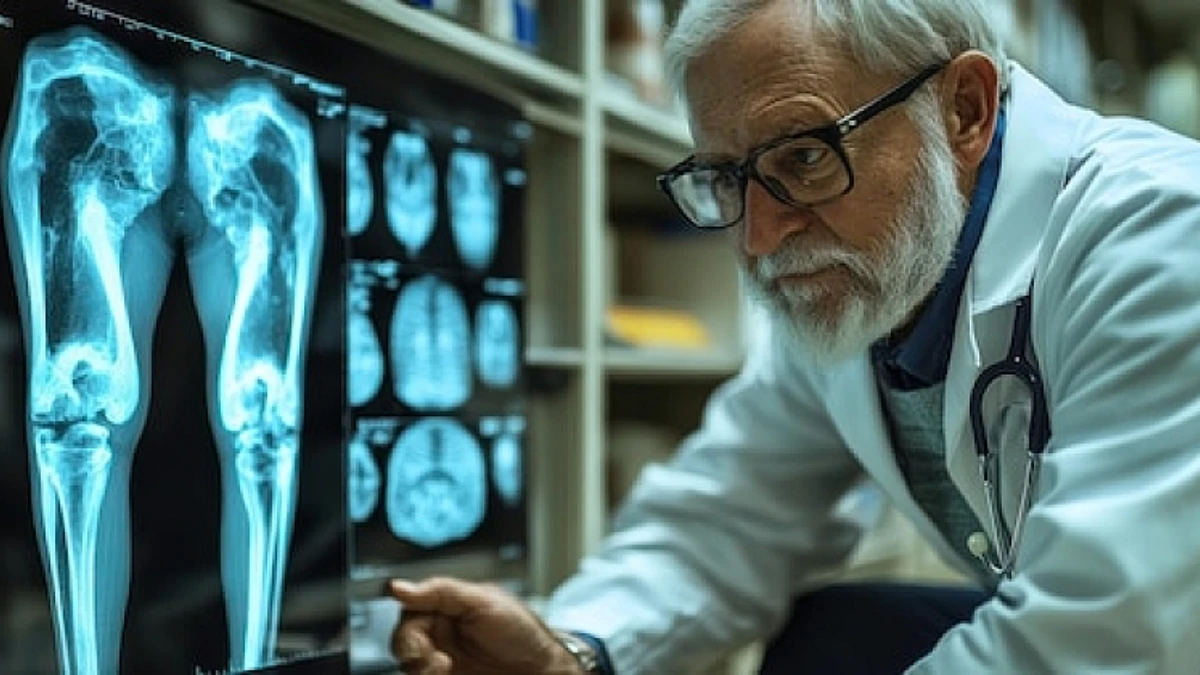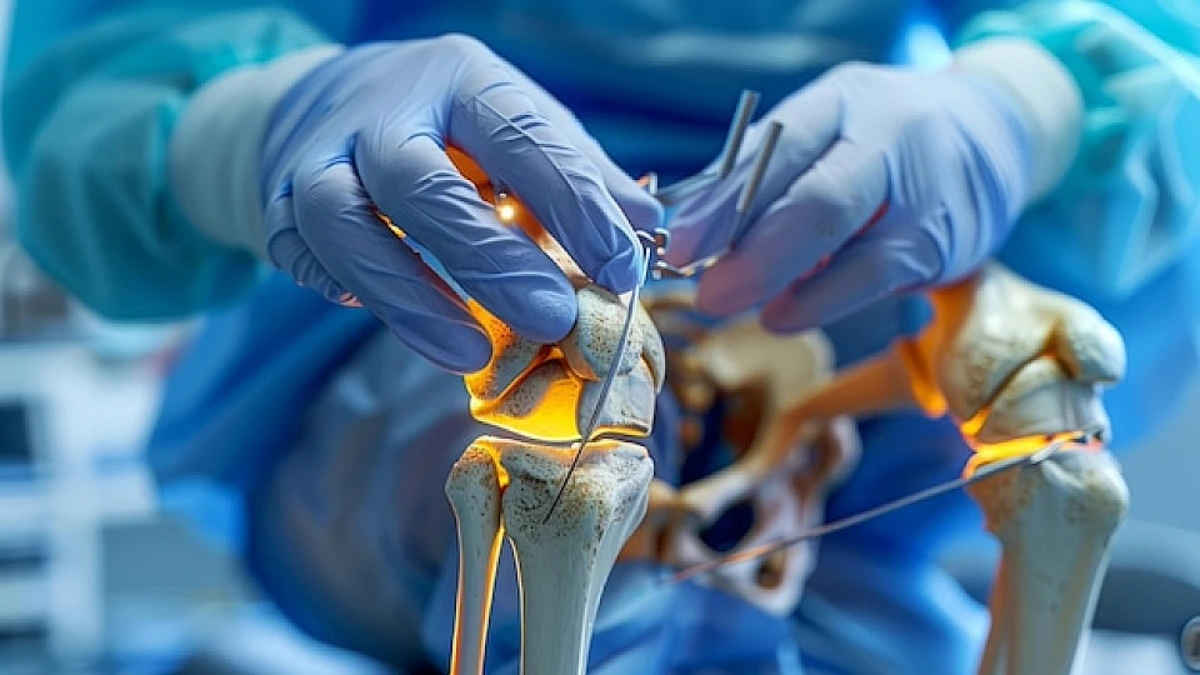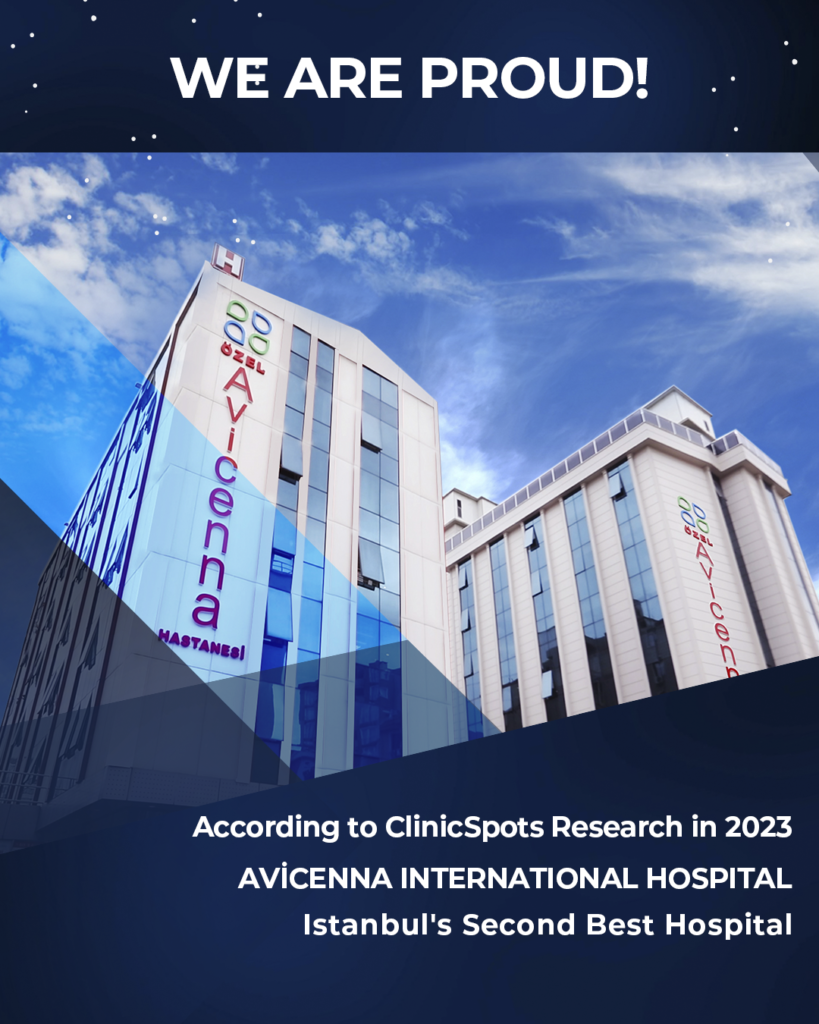A successful BBL recovery diet is essential for maximizing fat graft survival, accelerating healing, and preserving your newly enhanced contours. Nutrition is vital in post-surgical recovery, impacting tissue regeneration and inflammation control. By focusing on nutrient-rich foods, hydration, and proper calorie intake, you can ensure long-term success and lasting results. Below, we provide a comprehensive guide on what to eat and what to avoid to support your body’s healing process after a Brazilian Butt Lift (BBL).
The Role of Nutrition in BBL Recovery
Why Diet Matters Post-BBL
The body treats BBL surgery as an injury that requires repair. During the procedure, fat cells are harvested through liposuction, purified, and reinjected into the buttocks. For these transferred fat cells to survive, they must develop a new blood supply. Without adequate nutrition, a significant percentage of the fat may be reabsorbed, diminishing your final results. A well-balanced diet ensures that the healing process is optimized and that the newly grafted fat cells have the best chance of thriving.
Key Nutrients for BBL Recovery
- Protein: Essential for tissue regeneration and collagen production, which supports skin elasticity and muscle recovery. Sources: lean meats, fish, eggs, beans, and Greek yogurt.
- Healthy Fats: Support fat cell survival and overall skin health. Sources: avocados, olive oil, nuts, seeds, and fatty fish.
- Vitamins & Minerals: Aid in immune function, wound healing, and inflammation control.
- Vitamin C: Found in citrus fruits, bell peppers, and strawberries, it enhances collagen production.
- Vitamin A: Present in sweet potatoes, carrots, and spinach, it promotes skin and tissue repair.
- Zinc: Supports immune function and cell regeneration. Found in shellfish, beef, and legumes.
- Iron: Helps oxygenate tissues, reducing fatigue and improving healing. Found in leafy greens, lean red meat, and lentils.
- Hydration: Ensures efficient circulation and nutrient transport. Aim for at least 8-10 glasses of water daily, supplemented with hydrating foods like watermelon and cucumbers.
What to Eat for a Successful BBL Recovery
Best Foods for Healing and Fat Survival
- High-quality proteins: Chicken, turkey, tofu, fish, eggs, and legumes.
- Omega-3 rich foods: Salmon, walnuts, flaxseeds, and chia seeds to reduce inflammation.
- Whole grains: Brown rice, quinoa, and oats to provide sustained energy.
- Antioxidant-rich fruits and vegetables: Berries, oranges, kale, and broccoli to boost immune function.
- Healthy dairy: Greek yogurt and cottage cheese for probiotics and protein.
- Nutrient-dense snacks: Nuts, hummus, and peanut butter for healthy calorie intake.
The Concept of “Feeding the Fat”
Feeding the fat refers to maintaining a slight caloric surplus with nutrient-dense foods to ensure optimal fat graft retention. During the first 3-6 months post-surgery, it’s essential to provide your body with enough fuel to sustain the newly transferred fat cells. Since 30-50% of fat grafts may be naturally reabsorbed, proper nutrition plays a key role in preserving your enhanced shape.
Foods to Avoid for Optimal BBL Results
Harmful Foods That Can Sabotage Your Recovery
- Processed foods: Fast food, packaged snacks, and frozen meals are loaded with preservatives and unhealthy fats that can cause inflammation.
- Excess sugar: Refined sugars found in candy, sodas, and pastries can lead to blood sugar spikes and slow healing.
- Fried foods: High in trans fats, which can hinder circulation and contribute to fat cell death.
- Excessive caffeine & alcohol: Dehydrates the body and slows down recovery.
- High-sodium foods: Canned soups, processed meats, and salty snacks can lead to bloating and water retention.
Recommended BBL Recovery Diet Plan
| Meal | Food Suggestions |
|---|---|
| Breakfast | Scrambled eggs with avocado and whole-grain toast, Greek yogurt with berries |
| Snack | Almonds and a banana, hummus with sliced cucumbers |
| Lunch | Grilled salmon with quinoa and steamed broccoli, chicken salad with olive oil dressing |
| Snack | Protein smoothie with spinach, banana, and flaxseeds |
| Dinner | Lean steak with sweet potatoes and asparagus, tofu stir-fry with brown rice |
| Hydration | Water, herbal teas, coconut water for electrolytes |
How to Monitor Your BBL Diet Progress
- Keep a food journal: Track your daily intake to ensure you’re getting enough protein, healthy fats, and vitamins.
- Check hydration levels: Monitor urine color (light yellow indicates proper hydration).
- Observe healing progress: Reduced swelling and improved skin elasticity signal effective recovery.
- Consult with a nutritionist: Personalized dietary guidance ensures you meet your body’s specific needs post-surgery.
Conclusion
A well-balanced BBL recovery diet is crucial for healing, maintaining results, and ensuring fat graft survival. By following a nutrient-dense plan, avoiding harmful foods, and staying hydrated, you can maximize the success of your procedure.
At Avicenna International Hospital, we provide expert post-operative care and guidance to help patients achieve the best results. Our team is dedicated to ensuring a smooth and effective recovery journey. Contact us today for personalized advice and support!
Protein-rich foods (chicken, fish, eggs), healthy fats (avocados, nuts), and fruits/vegetables for vitamins and hydration.
Avoid strict dieting for at least 6-8 weeks to support fat graft survival. Focus on a nutrient-rich diet.
Follow post-op care, avoid sitting directly on your buttocks, stay hydrated, wear compression garments, and eat a healthy diet.
Smoking, poor nutrition, excessive pressure on the buttocks, and rapid weight loss can reduce fat survival.

